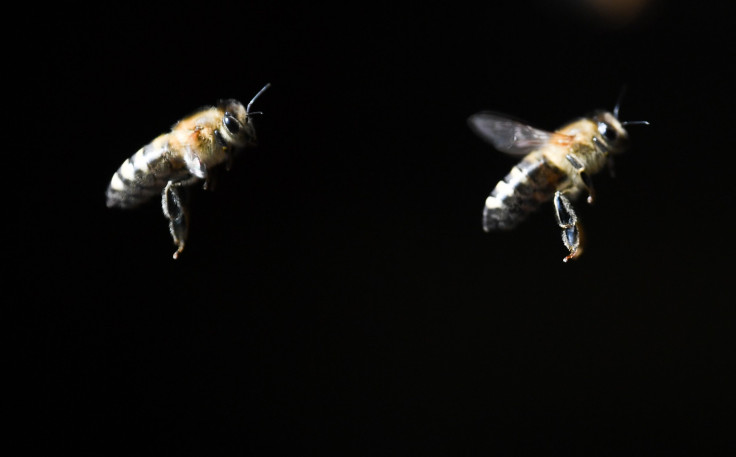Hiker Killed By More Than 1,000 Bees: Man In Arizona Swarmed On Trail

A 23-year-old man died on a hike in Usery Mountain Park in Mesa, Arizona, after he was attacked by a massive swarm of bees, the Arizona Republic reported Friday. Officials said a medical exam revealed the Louisiana man was stung by more than 1,000 bees.
The incident played out Thursday morning as Alex Bestler hiked with a friend friend identified only as Sonya, the Republic reported. The bees apparently appeared without warning. Bestler’s friend escaped safely to a nearby bathroom, but Bestler was engulfed by the swarm of bees before he could make his way to shelter, officials said.
A hiker and park employees attempted to approach Bestler — who was lying on the ground overtaken by the bees — but the swarm was so aggressive it forced them to stay back, the Maricopa County Sheriff’s Office said.
Eventually the group was able to move Bestler, still covered in bees, to his vehicle. He was taken to a hospital but later was pronounced dead.
“These attacks are becoming more frequent, and I urge the public to be aware of their surroundings when out in these areas,” Sheriff Joe Arpaio said in a statement. Trails near the scene were closed to ensure the park was safe before reopening to the public.
Bee, wasp and hornet stings can prove deadly more often than some might think. The Washington Post gathered data ranging from 2001 to 2013, measuring fatalities caused by animals. Bees, wasps and hornets killed 58 people per year, more than any other animal group. Dogs killed 28 per year, cows 20 per year, nonvenomous arthropods nine per year, spiders seven per year, venomous snakes and lizards six per year, while bears, alligators and sharks killed just one person per year.
For those who are allergic to bee or wasp stings, a single sting could send them into anaphylactic shock and cause death.
© Copyright IBTimes 2024. All rights reserved.












